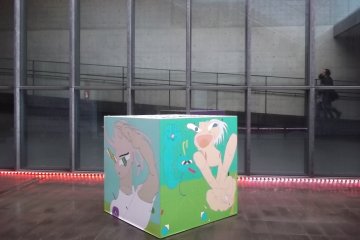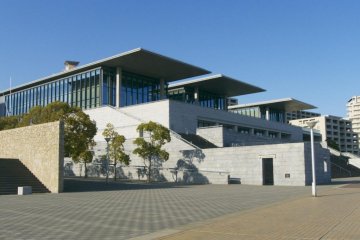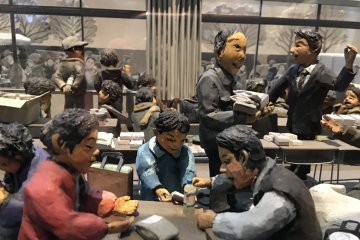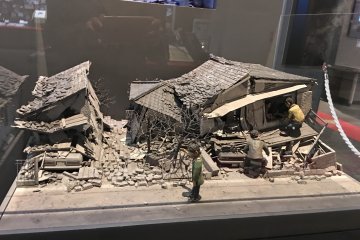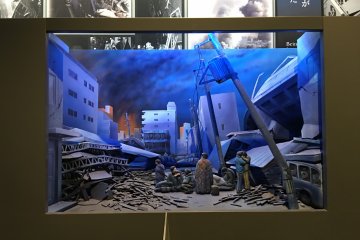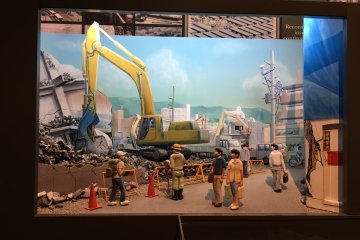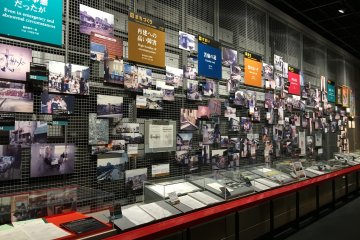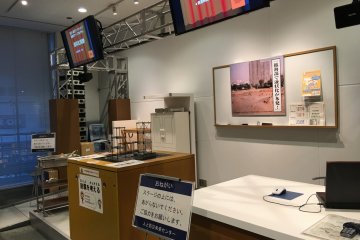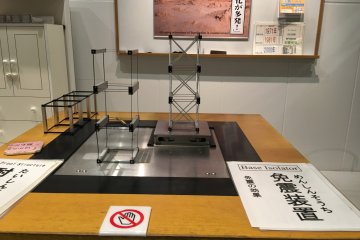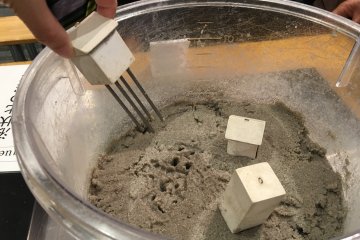The official name of this museum is The Great Hanshin-Awaji Earthquake Memorial Disaster Reduction and Human Renovation Institution, but I prefer to call it Kobe Earthquake Museum for short. Having personally experienced the 311 Tohoku Earthquake back in 2011, I was curious about how people dealt with earthquakes back in 1995 and how it affected the whole of Japan in dealing with this natural disaster.
The facility was originally setup in 2002 and a new building was added in 2003. However, visitors to the new building were low and it was eventually closed and operations were merged with the main building in 2010.
Visitors are first invited to a screening at a theatre with audio and visuals to bring you back in time on that faithful morning in 1995 when the earthquake occurred. You will then go through a small installation of rubbles to a large exhibition hall filled with exhibits displayed in chronological order of what happened at that time and how both government and people tried to deal with the devastating effects of the disaster. There are also very well-crafted detailed diorama to show what happened after the earthquake and there were many labels and some explanations in English. There is even a stimulation classroom where you get to learn from small models, such as how steel structures affect the stability of the buildings during earthquake and how to prevent building from collapsing during liquefaction.
The other building is about water disasters that happen globally as well as how to reduce the destruction. I personally find the message not very clear in this area and is probably designed more towards kids with these animal decorations.
Overall, I spent a good 3 hours at the museum and was deeply impressed about the speed of recovery by the Japanese and their spirit of helping each other in times of need. I highly recommend this place to anyone who would like to learn more about earthquakes and recovery, as well as how it has shaped Japanese infrastructure that we see today.
Buying Tickets
Tickets do not need to be bought in advance. Foreign tourists can collect a "Kobe Welcome Coupon" leaflet from the tourist information centre located at major train stations in Kobe such as Kobe-Sannomiya Station. There is a coupon that will allow you to enter the museum for ¥480 instead of ¥600.
Getting There
There is a bus stop right outside the museum. Bus no. 29 runs only once or twice per hour during off-peak hours, therefore the best way is to walk for 10 minutes from either Iwaya or Kasuganomichi Station.



